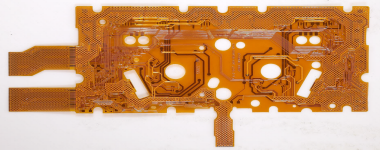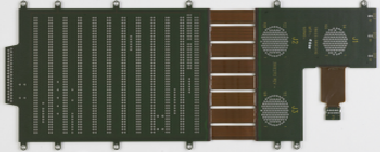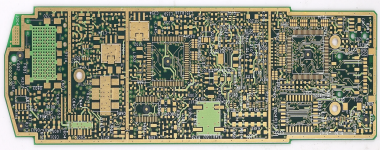Conformal Coatings in PCB Manufacturing: Types, Benefits, and Applications
When it comes to creating printed circuit boards (PCBs), reliability is paramount. A PCB must be durable and function in various environments without failure. One of the best ways to ensure longevity and reliability is by applying a conformal coating. This thin layer of protective material shields the PCB from external factors like moisture, dust,


